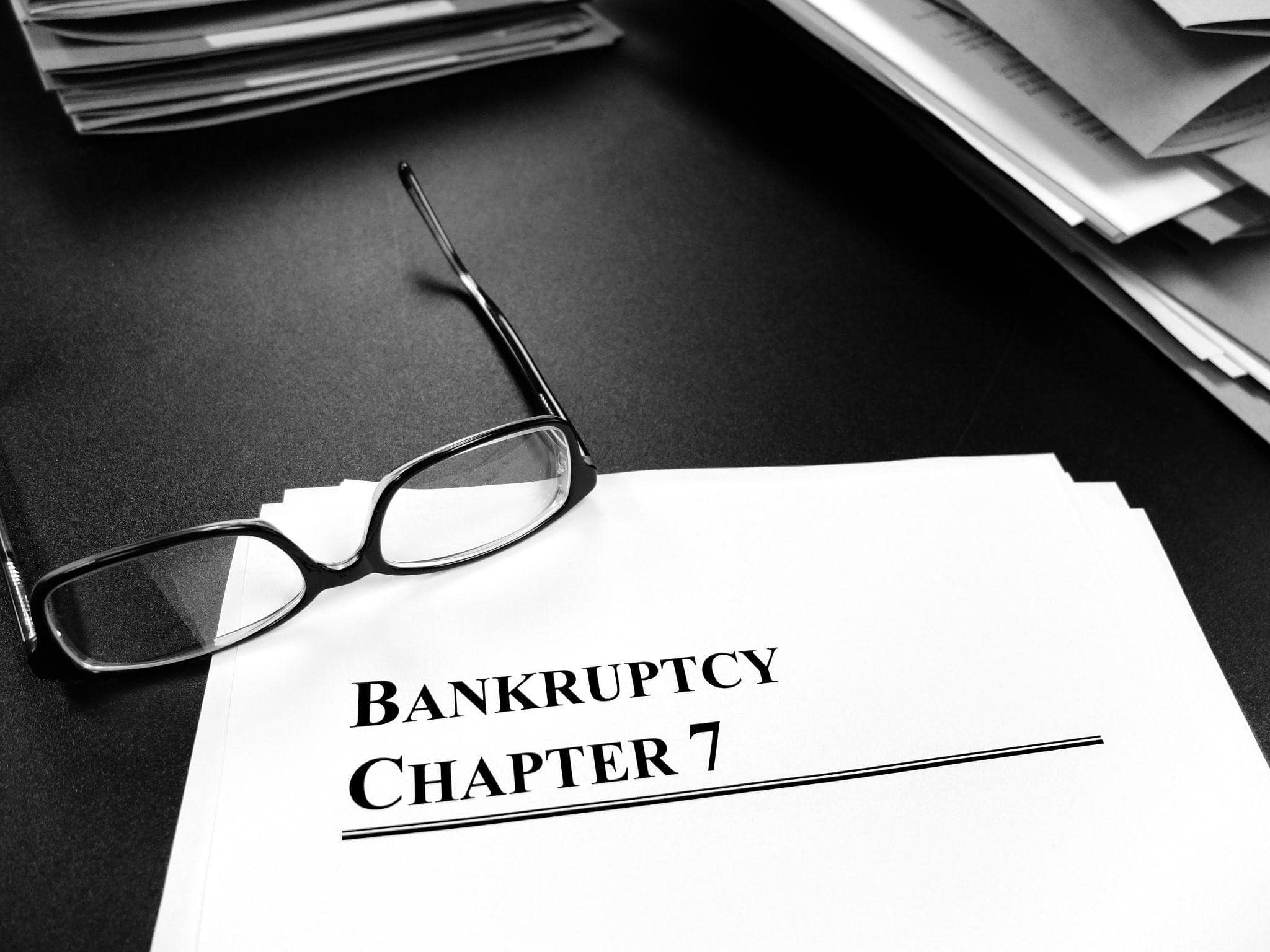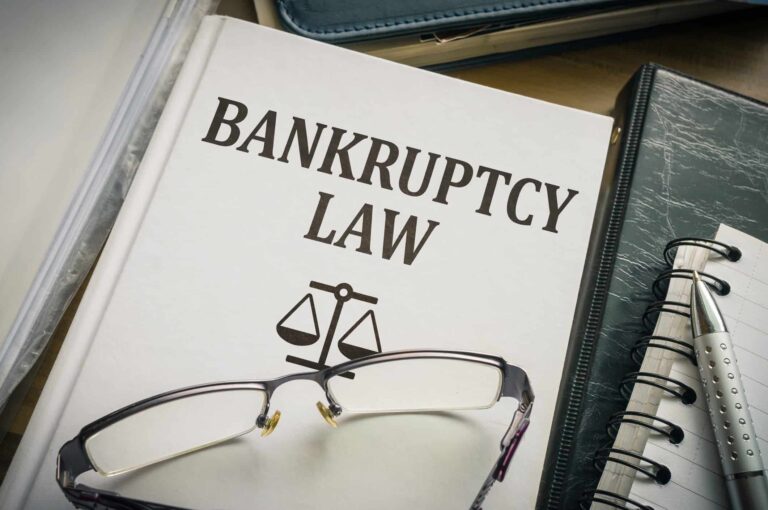Benefits of a Reaffirmation Agreement In Chapter 7 Bankruptcy

Chapter 7 Bankruptcy is the most common type of bankruptcy filing for consumers. It allows individuals, married couples, and even companies to eliminate – or “discharge” – most kinds of unsecured debt.
Secured debts such as home and auto loans work a bit differently, though. When filing for Chapter 7 Bankruptcy, debtors must present a Statement of Intentions regarding these secured debts. The statement indicates how each individual debt will be handled out of several possible options. The first option is to surrender the collateral on the debt in exchange for “full” payment status of the debt. Second, the debtor can redeem the collateral, allowing them to pay a lump-sum equivalent to the collateral. The third option is to “reaffirm” secured debt. A reaffirmation agreement restores the original relationship between the debtor and the lender.
What is a Reaffirmation Agreement?

In Chapter 7 bankruptcy, a reaffirmation agreement provides a way to keep collateral, as long as payments and conditions of the reaffirmation agreement are met. A reaffirmation agreement holds the creditor’s lien on the collateral regardless of filing for bankruptcy. Your liability for completing payments will also survive outside of bankruptcy. A reaffirmation agreement will keep liabilities on your collateral intact as if you had never filed for bankruptcy in the first place.
How a Reaffirmation Agreement Works
If a debtor chooses to reaffirm a debt, this plan must be clearly articulated in the Statement of Intentions associated with their Chapter 7 filing. As part of the reaffirmation agreement, creditors of secured debt must present mandatory disclosures about the loan, including monthly payment, interest rate, balance, and description of the collateral. Only the creditor can access all the information required to present this aspect of the reaffirmation agreement. Once this information is collected and both parties – the creditor and debtor – have signed the reaffirmation agreement, most repayment arrangements are identical or similar to the original loan terms.
What is the procedure for a Reaffirmation Agreement?
- A reaffirmation agreement is drafted: Once it is prepared and submitted, it will move to a bankruptcy judge, and a hearing will be scheduled for the reaffirmation agreement.
- You attend a reaffirmation agreement hearing: Once a hearing is set, you will need to participate and be present, where the judge will ultimately decide on the agreement. In a reaffirmation hearing, a judge may consider the following:
- Whether or not the agreement benefits you, the debtor, and your situation.
- Determine whether you can comfortably make the payments agreed upon in the reaffirmation agreement.
- Whether any income or expenses have changed for you recently.
- Whether you have missed payments before or need or accept outside help to pay the amount.
- A bankruptcy judge will decide on your reaffirmation agreement: Once the bankruptcy judge has thoroughly gathered information surrounding your reaffirmation agreement, they will ultimately decide whether to approve or deny your request.
Reaffirmation Agreement: What is the Benefit?
While Bankruptcy Filings are intended to protect debtors, a reaffirmation agreement is designed to protect the creditor as it restores the debtor’s liability. If default occurs in the future, the lender can repossess or foreclose on collateral in pursuit of settling debts.
So why should you consider a reaffirmation agreement?
There are benefits to the debtor as well. A reaffirmation agreement requires lenders to report the timeliness of payments and loan status on the debtor’s credit report. If you’re able to pay on your reaffirmation agreement as planned, this can lead to a faster recovery of your credit report. Without a reaffirmation, creditors are not required to report your payments to the crediting bureaus, even if you pay on time. Further, most lenders will not allow loan modifications on secured debt that has not been reaffirmed. A reaffirmation agreement can provide the debtor the opportunity to adjust loan agreements and ease the repayment process.
Should I sign a Reaffirmation Agreement?
Whether or not you should sign a reaffirmation agreement will be a decision you want to make with your bankruptcy lawyer. Not only will your lawyer work with you every step of the way during the filing process, but they will also inform you about reaffirmation agreements and whether you should sign or not sign one.
Unsure of how to find a bankruptcy attorney near you? Contact a bankruptcy attorney today.
Speak With a Bankruptcy Attorney

Filing for bankruptcy can be a difficult and draining process for you. Knowing you’re in the best hands is imperative in making filing for bankruptcy as painless as possible. Not only can a trustworthy and knowledgeable attorney answer any questions regarding the determinants and benefits of filing chapter 7 bankruptcy.
If you would like to arrange a reaffirmation agreement with your creditors, contact bankruptcy attorney Anthony Deluca at (702) 745-7061 for a free consultation.
Sources:
Bulkat, B. (2022). What to Expect at a Chapter 7 Reaffirmation Hearing.
O’Neill, C. (2022). Reaffirming Secured Debt in Chapter 7 Bankruptcy.






